#and naomi’s daughter
Text
Naomi's Friend: So how is motherhood treating you?
Naomi Solace: Good. I didn't expect this much crying though.
Naomi's Friend: Don't worry, that's normal for young children.
Naomi: Will? I was talking about Apollo.
Apollo, sobbing in the next room: I LOVE YOU SO MUCH!
#S: Unknown#Apollo can't stay for long as his kids get older so I bet he absolutely dotes on them as babies#I can totally see Apollo using his job as the “protector of young boys” to visit his sons more#not that he doesn't love his daughters he just uses whatever he can to visit his kids as much as possible#trials of apollo#incorrect quotes#incorrect riordanverse#lester papadopoulos#naomi solace#will solace
168 notes
·
View notes
Text







the cow girl
#coquette#cherry cola#coquettecore#girl blogger#kate moss#lana del rey#female manipulator#cinnamon girl#lizzy grant#red smoothie girl#farmers daughter#fiona apple#female hysteria#femme fatale#football#ilovenyc#naomi campbell#cherry lips
202 notes
·
View notes
Text
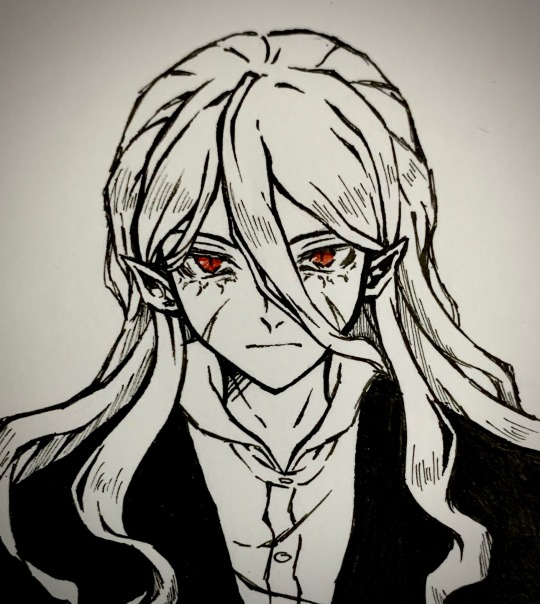
Joining the war on vampires on the side of the vampires
#bungou stray dogs#bsd bram#I’m a big fan of Dracula (the book) so Imma spill my theories here#(spoiler alert: they have next to nothing to do with the book)#anyways I bet his daughter was named something goofy like Mina#if we can have Naomi and Gin I don’t see why she couldn’t also be named after a book character#also considering irl Bram worked at a theater/as a play critic#do you think that’s why bsd Bram likes music so much#and craves entertainment#speaking of which Dracula is very much about defeating an old evil with new technology#so maybe that’s why technology played such a big role in him switching sides#doubt it but it could be#anyway off topic but I bet Fyodor’s freak out is a reference to irl Dostoyevsky’s epilepsy#and in turn Raskolnikov’s nervous breakdowns#also Rodya did write a whole essay about how he believes there are certain chosen people who are above the law#and those people have the right to punish others by murder if necessary#which seems to be a sentiment bsd Fyodor also agrees with#along with maybe that possibly being an aspect of his ability#who knows! not me#sorry for the long tags bye
46 notes
·
View notes
Text
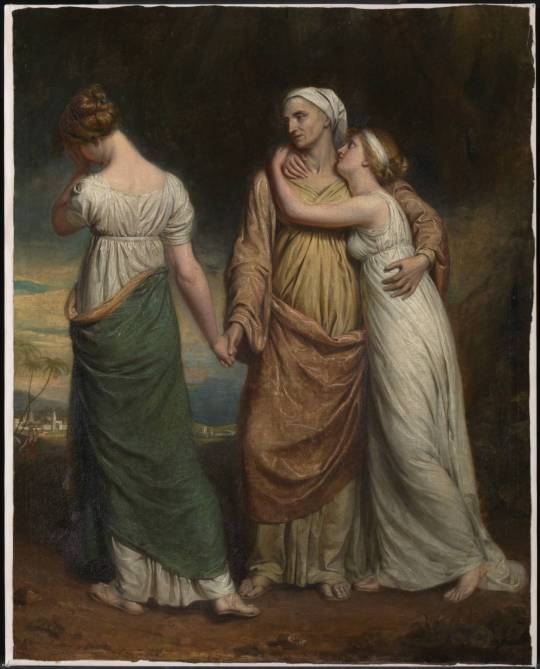
Naomi and Her Daughters, George Dawe, 1804
#Naomi and her daughters#George dawe#dawe#1804#1800s#19th century#painting#portrait#art#neoclassical#neoclassicism
35 notes
·
View notes
Text
Reblog with your favorite "cinematic" novel: the one where you can see every scene play out in your head with perfect clarity and rhythm, and you know if they ever filmed it, it could never measure up to the version you've imagined.
#i'll go first#mara: daughter of the nile#eloise jarvis mcgraw#and#daughter of venice#donna jo napoli#plus#uprooted#naomi novik#also#the winternight trilogy#katherine arden#and lastly#folk of the air#holly black#they need to film these#but also please don't#you'll just mess it up#those last two need to be series BTW not movies#anyway#what are yours?
116 notes
·
View notes
Text
Naomi genuinely is the worst person
First she compared valid medical care with Nazi fucking Germany
And now she is literally gaslighting Addison into believing SHE'S the unethical one when NAOMI IS FRICKIN CHEATING WITH HER BOYFRIEND
#''how far is too far'' mofo you literally compare abortion to naziism until it's your daughter then you force her to get an abortion#addison is the only good doctor here istg#her and charlotte and amelia#addison montgomery#anti naomi bennett#private practice
9 notes
·
View notes
Photo



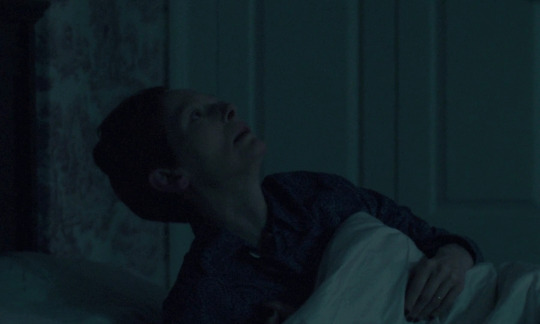

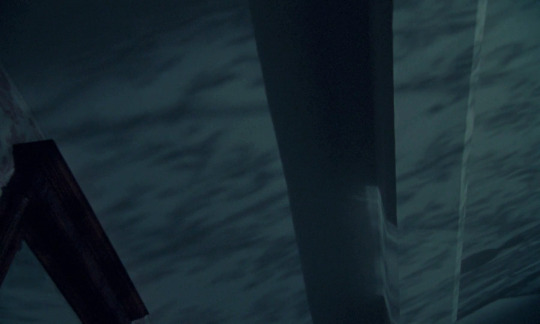
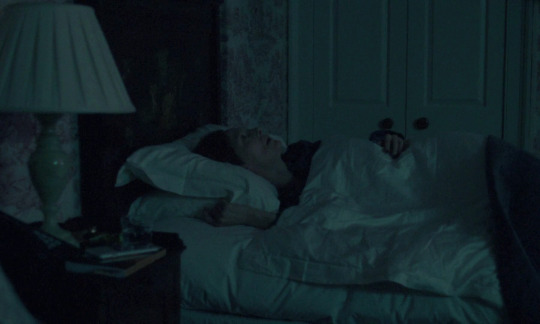

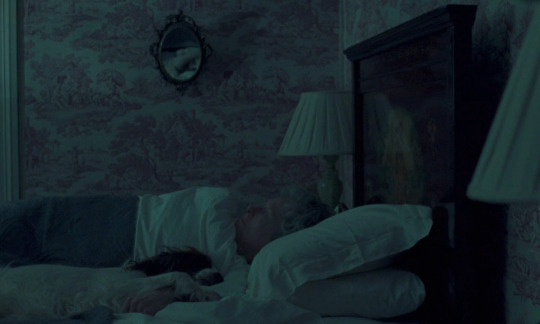
The Eternal Daughter (Joanna Hogg, 2022).
#the eternal daughter#joanna hogg#tilda swinton#ed rutherford#helle le fevre#stéphane collonge#byron broadbent#naomi reed#grace snell
22 notes
·
View notes
Text



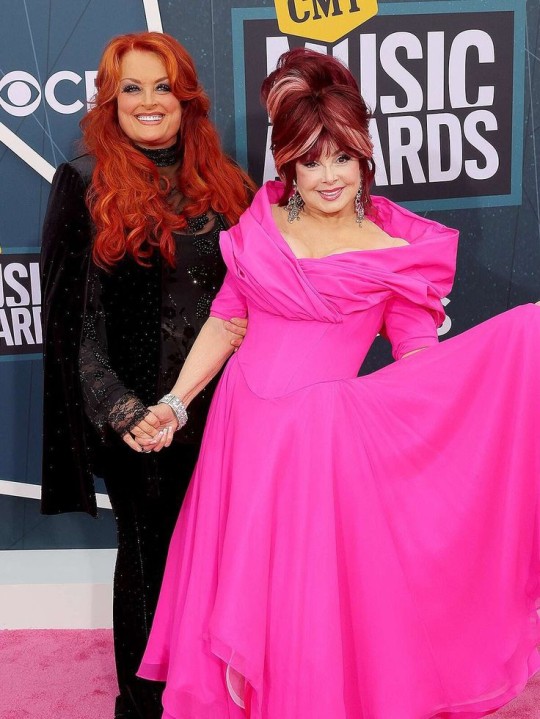


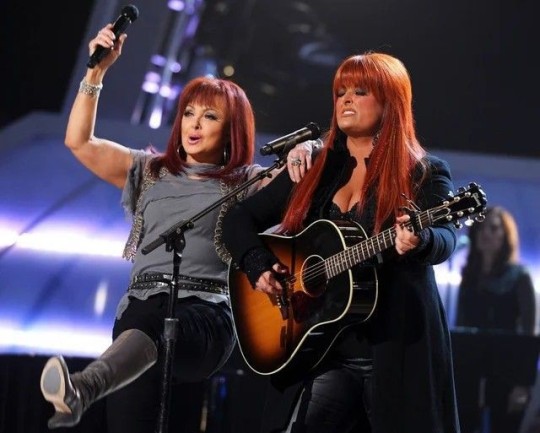

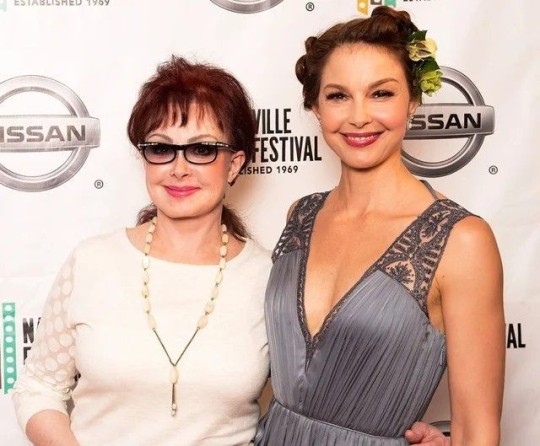


The Judds Family ~ Naomi, Ashley, & Wynonna Judd
13 notes
·
View notes
Text
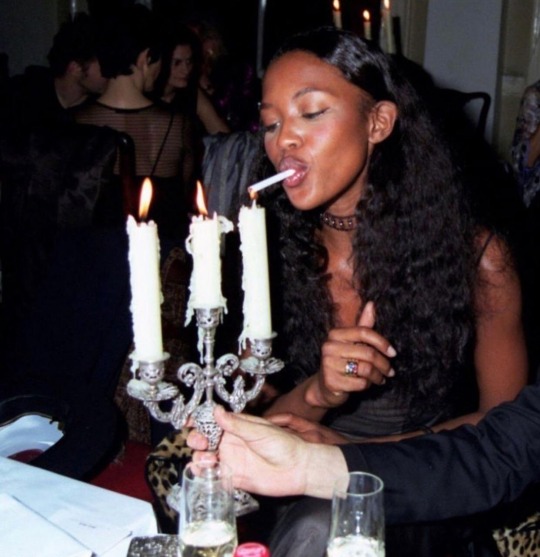
Naomi Campbell lighting a cig from a candle (c) 1997 🕯
I loovvvveeeee Naomi,,, forever my inspiration,, she’s so kunty
#naomi campbell#coquette#it girl#2013 tumblr#nostalgic#2013#tumblr diary#tumblr girls#farmers daughter
11 notes
·
View notes
Text
Children Of The Dragon
Princess Rhaenys Targaryen

Crown Prince Aegon Targaryen
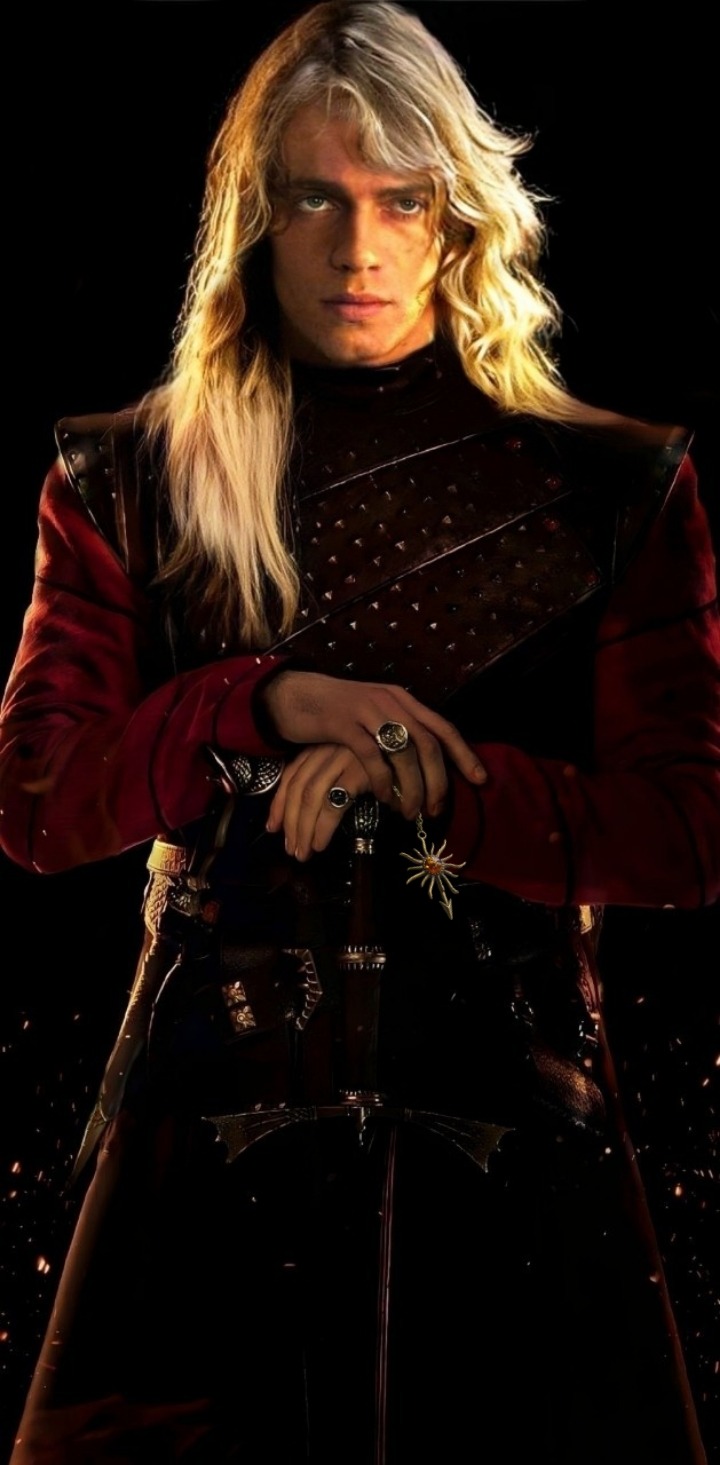
Prince Aemon Targaryen
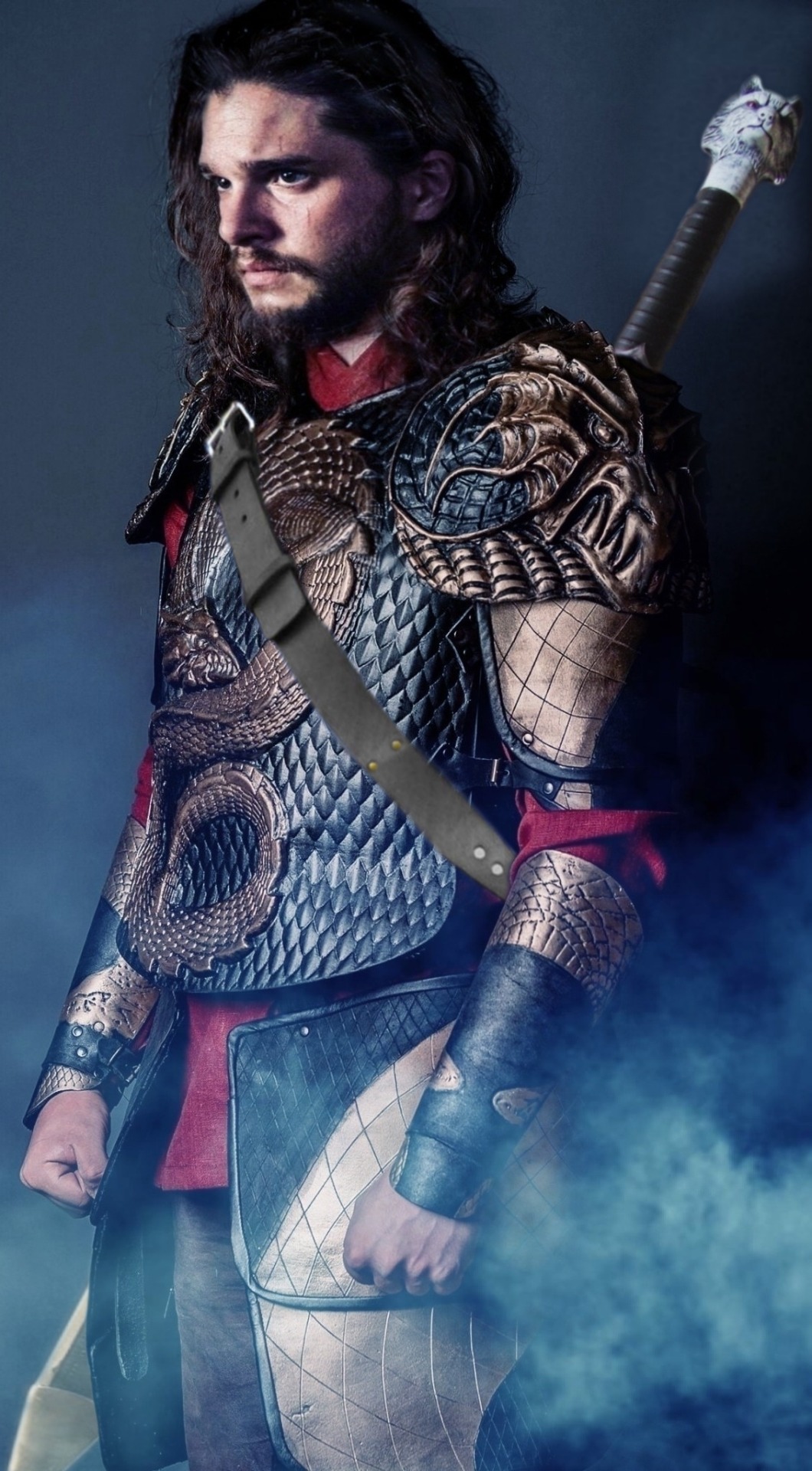
#asoiaf#jon snow#rhaenys daughter of elia#aegon son of elia#asoiaf edit#edit#kit harington#naomi scott#house targaryen#au#hayden christensen#house martell#house stark
13 notes
·
View notes
Text
if. hypothetically. there was a linagram dating sim. who would you want to get a route (thinking up to three or four routes rn)
#yes this is related to my last post on my main#you can vote and/or you can send me an ask with all the character routes you'd want to see!#asahi obviously doesn't count and i think naomi isn't the best character for a dating sim#but she can still kind of feel romantic attraction so ig she counts#wouldn't it be funny if you didn't play as a self-insert or a new character but like.#as a side character that we already know.#pov: you're playing as arata and you need to manipulate your bf into thinking that killing his classmate for being more popular is okay#or pov: you're takeru. you've ghosted eiko who is also a daughter of two criminals. she is also not very sane. she's in your house rn.#this might be silly but um! i really am trying to learn how to make vns andd maybe this could be a nice start^^''#📱linagram timeline 📱
3 notes
·
View notes
Text
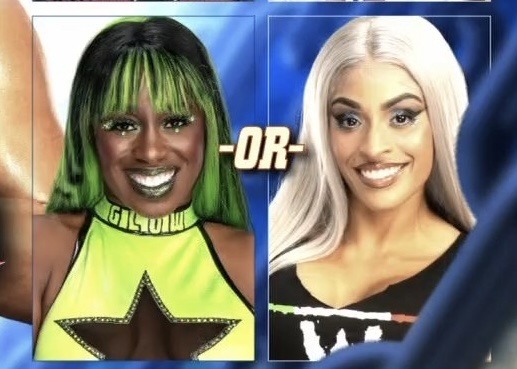
something about hearing my dad say, “they got Jimmy Uso’s wife vs. Malakai Black’s wife”, just brought out a new anger in me. you mean Naomi vs. Zelina Vega? 2 women who made names for themselves and aren’t just known for their husbands?
#naomi#zelina vega#wwe womens wrestling#my dad undermines women way too much for a man that lives in a house with just his wife and daughter
2 notes
·
View notes
Text
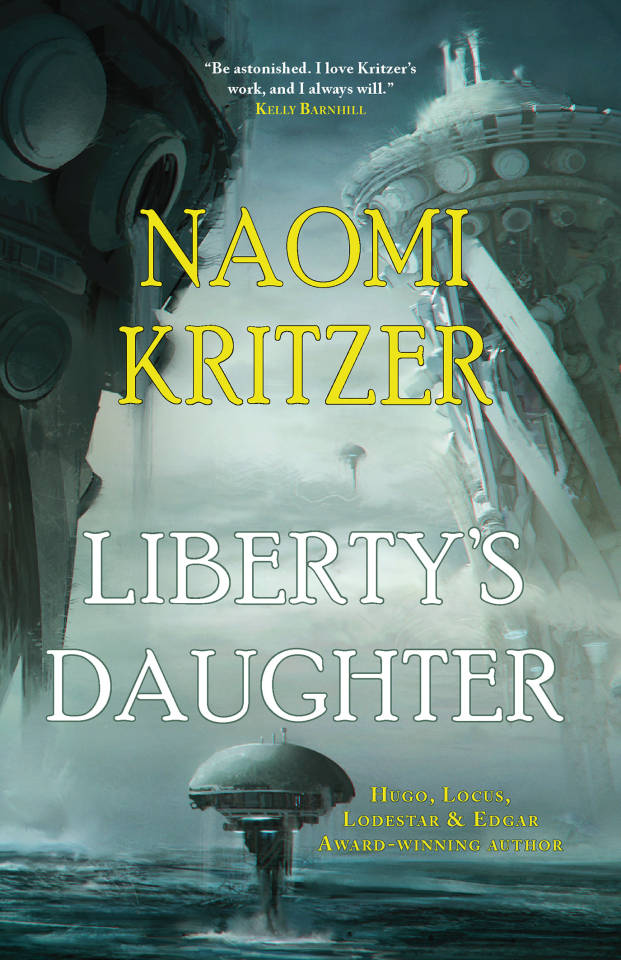
Liberty’s Daughter by Naomi Kritzer
By: Eric Hendel
Issue: 15 January 2024
Naomi Kritzer’s novel Liberty’s Daughter is a book that I both loved reading, and also a story which I think falls short of its full potential. Based in part on a series of shorter works written by the author (all of which have here been compiled into a larger narrative), Kritzer’s novel centers around the experiences of Beck Garrison, a sixteen-year-old girl who, along with her father, lives on a scattered network of artificially created islands and repurposed cruise ships known as a seastead. Set in an ambiguously dystopian near-future world, the novel introduces us to the six nations of the seastead, which was originally constructed by libertarian activists seeking to create what they falsely conceptualized as a utopian society valuing personal liberty above all else.
As the novel opens, the seastead has persisted in an ambiguous legal state for nearly forty-nine years. While the mainland United States government refuses to acknowledge this society’s independence (pointedly calling its embassy on the seastead not an embassy but an institute), it has also paradoxically neglected to arrest the many well-known corporate criminals who have fled here to avoid prosecution for their crimes. Over the course of Liberty’s Daughter, Kritzer uses this setup to explore contrasting articulations of human rights and social responsibilities, with the seastead slowly revealed to be an intensely authoritarian community in its own right.
All of this is introduced alongside a more subtle storyline, in which Beck’s realization of the true nature of the seastead’s views of human rights tracks alongside her gradually expanding understanding of the context in which her father brought her to live in this community. This latter development follows on from Beck’s decision to begin slowly reconnecting with her estranged mother, whom her father previously claimed had died years earlier. In this way, she eventually comes to recognize not only the truth of the seastead and the many ways in which its libertarian ideology fails, but also the precarity of her own privileged status within this self-described utopia.
The main plot of Liberty’s Daughter begins with a self-contained story that effectively introduces the novel’s themes. Beck is working as a “finder” (a person who is hired to negotiate trades on the seastead for hard-to-find commercially manufactured goods) when she is contacted by an indentured bond worker named Debbie Miller. While Beck is normally hired only by people hoping that she can find rare items for them, like slippers and bathing suits, Debbie has instead reached out to Beck in the hope that she will track down her missing sister, Lynn.
Having previously contracted a mysterious illness which prevented her from working, Lynn vanished shortly after asking her bond-holder on the seastead for a loan so she could pay to be seen by a doctor. Since then, everyone on the seastead to whom Debbie has spoken has claimed to know nothing of Lynn’s whereabouts, with Lynn’s bond-holder himself refusing to speak to Debbie at all. As Beck reflects immediately after hearing of this situation:
I had a bad feeling about this. My job is finding things, but normally that just means finding willing sellers for interested buyers. That’s why I was looking for the sandals. Finding a person was a whole different kettle of shark bait. But the seastead wasn’t that big, so unless she’d fallen over the side and drowned … I pulled out my gadget to take notes. “Okay,” I said, and keyed in the name. “What else can you tell me?” (p. 11)
This search draws Beck into a loosely connected sequence of overlapping objectives, all of which in turn coalesce into a larger story. Initially intent only on locating Lynn and verifying her safety, Beck soon discovers that the bond that allowed Lynn to live on the seastead has been sold to a “skin farm”—a dangerous factory whose impoverished workers routinely die due to exposure to chemicals normally outlawed. Worse still is that this factory is located on one of the seastead’s most infamous islands—a decaying cargo ship called Liberty (or “Lib” for short) whose residents abide by the single all-encompassing law that their exclusively capitalist society has no laws at all.
This brief story is resolved when, unwilling to simply abandon Lynn to her fate, Beck chooses to call upon the help of a private militia in Lib called the Alpha Dogs—a group for whose services her father had previously purchased a security subscription. In a scene which almost comes across as deliberately anticlimactic, Beck simply walks into the skin farm in which Lynn is being held captive, and, under the protection of the Alpha Dog bodyguard she has hired, commands that Lynn be set free. Critical to this scene is the exact manner by which Beck manages to free Lynn, and the exchange that occurs when she does so:
She was chained to the workbench. “Can you get her loose?” I said to my bodyguard.
He gave me a look. “I’m hired to protect you. She is not on my contract.”
“Yeah?” I walked over and grabbed her arm. “Lynn, will you give me the honor of your company? Say yes.”
“… Yes?”
“Lynn is my date and my contract specifies that you will provide protection services for me and my date at all times. And I want you to get us out of here.” (p. 38)
This scenario functions as an encapsulation of the themes that the entire novel explores. The way in which Beck frees Lynn (by extending the terms of the bodyguard’s contract onto her) reveals the vast gulf that exists between this libertarian society’s claimed values of personal freedom and autonomy and the reality of how these values manifest. Beck is only capable of entering the skin farm because of the bodyguard whom she has personally hired; having a member of a privately-funded militia at her side is all that allows her to move through this space without question. By contrast, Lynn is indicated to have spent the last two weeks chained to a desk in this same factory, unable to leave due to an outstanding medical debt that she had no choice but to incur. Even in this scenario, Beck’s bodyguard at first refuses to free Lynn by claiming he has no right to do so due to the terms of his contract; he only agrees to do what Beck says when she changes the situation so as to better meet those terms. While this is a community whose citizens claim to have no laws, the actions of Beck and her bodyguard reveal that the society abides by at least one: that the only rights which anyone has are those that can be forcibly extracted from the lives of others.
This examination of the limitations of the seastead’s ethos continues as the book progresses, with Kritzer’s novel quickly giving way to less a single narrative thread than a fascinating sequence of loosely connected subplots and self-contained story arcs which require that Beck directly engage with the entrenched social inequity of the seastead’s community.
After she has freed Lynn from the skin farm, there is a strange but also unexpectedly fascinating story in which Beck is recruited by the producer of a reality television program from the mainland United States. While working as this woman’s assistant, Beck comes in turn to serve a vital if indirect role in an emerging labor movement amongst bond workers like Debbie and Lynn. In the process of this work, Beck witnesses a bizarre inversion of the seastead’s libertarian philosophy when the producer of the program tries offering her employees healthcare, only to then be threatened by the leader of the entire seastead due to the dangerous precedent he fears this act will set. There is also, later on, an extended story depicting the outbreak of a mysterious plague originating from one of the seastead’s unregulated nanotech research facilities, with Beck and several of her friends desperately working to distribute a vaccine to the seastead’s overly paranoid citizens. Eventually the book concludes via a legitimately fascinating final act wherein what little governmental infrastructure the seastead previously possessed collapses. Beck and others subsequently begin working to rebuild their society, and in the process start replacing its libertarian, capitalist ethic with something more holistic and inclusive.
My main problem with Liberty’s Daughter is that, as engaging and creative as the book’s story is, there are also several critical junctures at which I think that Kritzer fails to fully explore the implications of this narrative. Instead, in these moments the novel pulls back from the events it is depicting and shuts down any further exploration of the issues its story has introduced, in a way that feels extremely artificial.
One example of this emerges in the conclusion to the story of Lynn’s escape from the skin farm. Initially simply expecting Lynn to go to the American Embassy so she can formally request asylum, Beck learns that a drug charge in Lynn’s past makes this option impossible for her. This is a crime which the book explicitly verifies to the reader is so minor as to be nonexistent, and yet because of this charge—and what it apparently means for Lynn’s future if she ever returns to the United States—she chooses to remain on the seastead in spite of the danger she now knows she faces. This is a plot point that is then abandoned as the story continues, with Lynn simply vanishing from the chapters that follow, and Beck—despite her prior desire to rescue Lynn—appearing strangely uninterested in contemplating how an excessively punitive criminal justice system has forced this woman to place her life in undue danger.
A similar issue emerges in the ending of the book itself. After a cholera outbreak leaves what little social infrastructure the seastead had previously possessed in shambles, a humanitarian group arrives to administer aid to the sick and injured. It’s in this way that Beck is unexpectedly reunited with her mother, Lenore, who has traveled to the seastead with this group. Here, after learning that Beck’s father has fled from the seastead (abandoning his daughter in the process), Lenore reveals the context in which her former husband, Paul Garrison, emigrated to the seastead: he kidnapped a four-year-old Beck after attempting to arrange for his wife’s death in a traffic accident. Lenore then claims custody over Beck against her will, and, in an act that leaves her daughter feeling both disillusioned and betrayed, forces her to leave the seastead for good. The book ends with a scene in which Beck and her mother begin planning a road trip, with Beck herself seemingly forgetting the sense of betrayal she had felt—and the ways in which her mother’s actions mirror the very same exploitative reduction of human rights which had marred so much of the seastead’s society.
Moments like this, while initially appearing minor, function to dampen many of the more pressing questions which Liberty’s Daughter raises. Just as Lynn’s decision to risk her life to remain on the seastead is an act which clearly exists within a still larger context that the book refuses to explore, Lenore’s decision to take Beck away from the seastead against her will raises the possibility that the flaws of the seastead’s exclusionary conceptualization of human rights are far more widespread. Beck’s mother, despite having never adhered to this libertarian ideology, ultimately ends this book by exerting a control over Beck’s life that seems to exist purely for her own sake—a desire to spend the last two years of Beck’s childhood living in a very traditional family setting, regardless of what her daughter has to say about this.
Yet rather than allowing these moments to exist in the story as points of ambiguity, they end up being pushed aside. Liberty’s Daughter ends with Beck and her mother going on a hike together. Even the book’s final line has Beck asking her mother if they can go on a road trip to the Grand Canyon, and Lenore answering, with a laugh, that Beck can go wherever she wants. Yet this moment feels hollow due to how it contrasts with Lenore’s actions: there is at least one place where she will apparently not allow her daughter to go, and, as the novel has demonstrated, it’s a very important one.
2 notes
·
View notes
Text
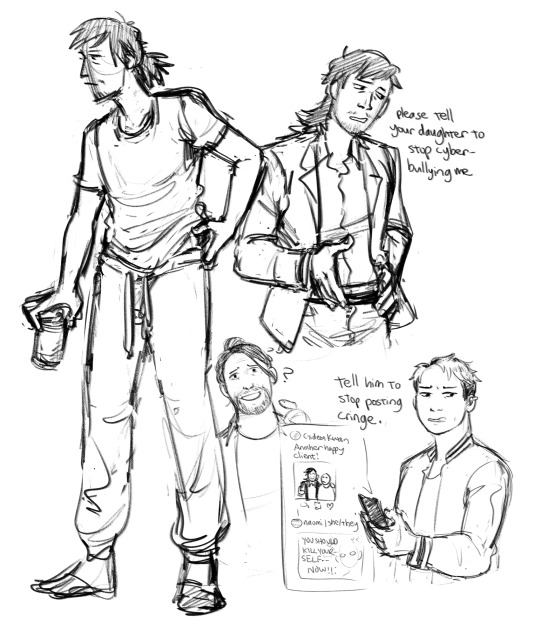
dont think i'll be artfighting but i do miss doodling my funny guys
#mentholated#gideon (mullet) is a loser/legitimate exorcist who is boy besties with dong chul (bun) a totally normal single father#who is also 140 years old and immortal. his daughter naomi suicide baits gideon on twitter because she thinks he's scamming her dad#i really enjoy drawing gideon. he's my own personal blorbo truthfully
13 notes
·
View notes
Text
So I made some of eoa characters and paired them up (Mateo and Carla, Marzel and Elena, Gabe and Naomi, Alonso and Valentina, Chloe and Rebecca) and made m/f ships kids: (first is Mateo and Carla's, second Marzel and Elena's, third Gabe and Naomi's, fourth Alonso and Valentina's.). Decided to share maybe someone would like them:


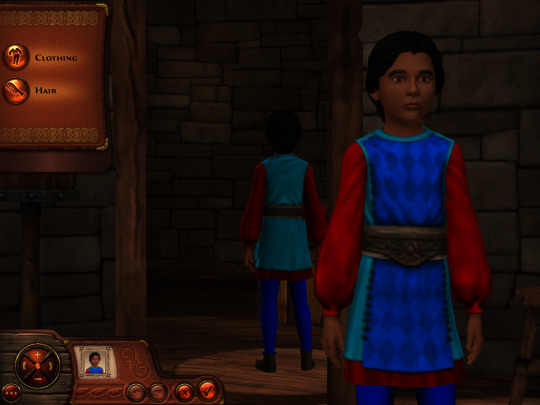





#elena of avalor#appereantly in posting about sims mood#...should i tag it with characters and ships?#anyway i don't remember who between marzel and elena's and gabe and naomi's kid is older#mateo and carla son is defintely oldest and alonso's and valentina daughter is definitely youngest#also i really wanted mateo and carla to have daughter but i never before cared about baby gender in sims medieval and never#played sims 3 for longer than like few minutes on my friend computer and never played sims 4#and never watched like videos about it then#so i thought it works like in sims 2 and baby gender is decided when baby is being born not when pregnancy starts#also alonso and valentina kid was born much after boys cause i misunderstood some guide and thought you can only have three kids of your#playable characters in kingdom#...probably was about how many kids you can have in household
2 notes
·
View notes
Text




Naomi Biden, in a gown by Ralph Lauren, weds Peter Neal. November 19th, 2022.
Photographs by John Dolan and Corbin Gurkin.
#say whatever about whatever but ralph lauren can make a wedding dress sometimes#maybe everyone knows this but naomi is named after biden’s 1 yr old daughter who died in a car crash alongside his 1st wife.#naomi’s father hunter was also in the car. i am not immune to a touching name tribute#ralph lauren#naomi biden#wedding
14 notes
·
View notes